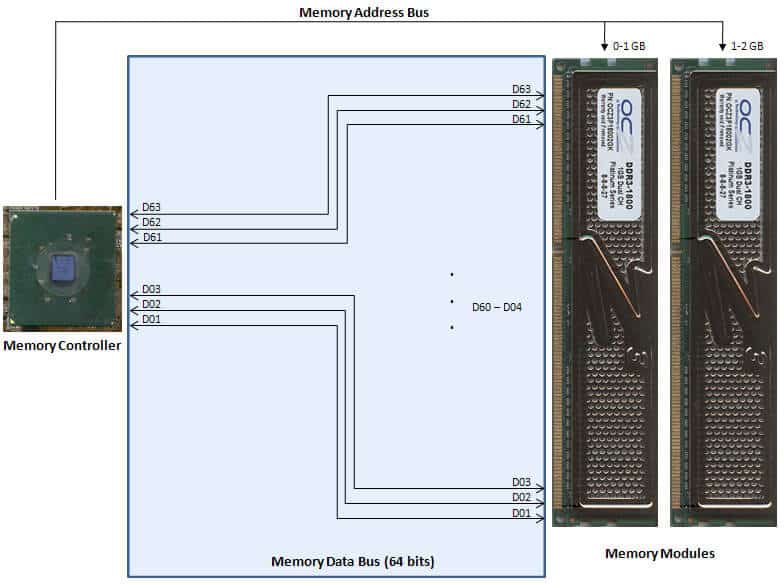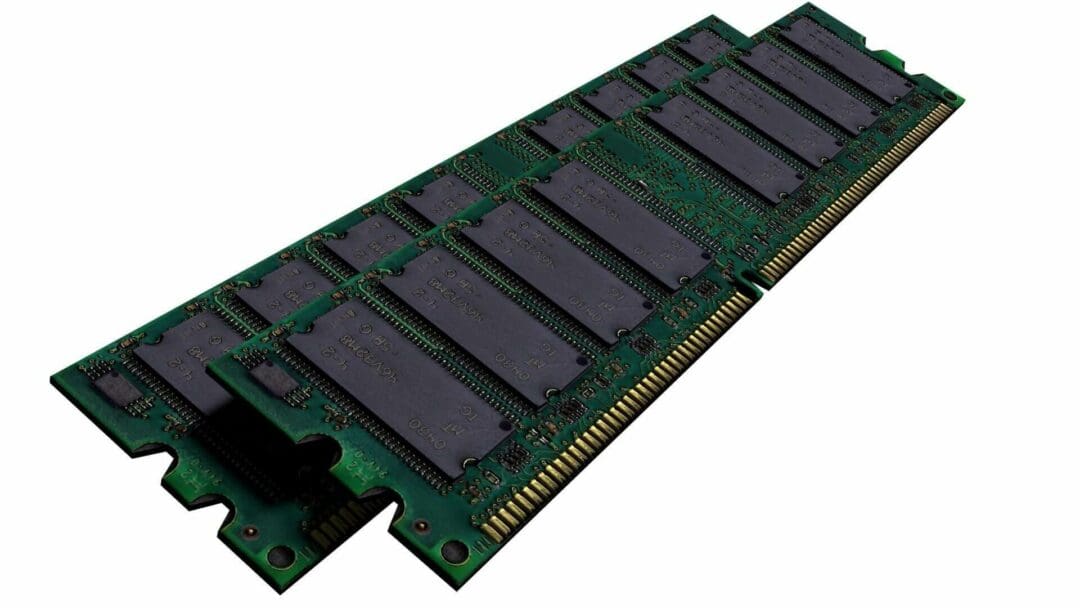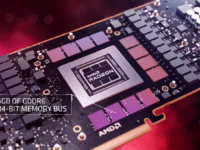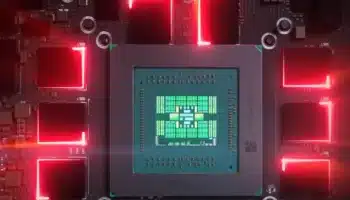Single-channel vs dual-channel memory. Which memory configuration is better for gaming and high-performance PCs? Also, what’s the difference between single-channel and dual-channel memory? And is dual-channel worth the extra investment?
Impact of Memory Speed on Gaming Performance
RAM speed, in terms of frequency, can also have an impact on your gaming experience. The higher the frequency, the greater the memory bandwidth. With DDR4, 3600 MHz is the ideal target. A small life hack: pick up low-clocked RAM from big-name manufacturers like Samsung. There’s a very high chance you’ll be able to crank the clock speeds up on the modules.

I used to have 4 RAM modules–a pair of ADATAs at 2400 MHz stock and a Samsung module at 2100 MHz. All four ran happily at 2933 MHz. (Tramadol) High-frequency RAM is especially important if you have integrated graphics: your iGPU shares memory with the CPU, and you’ll need as much memory bandwidth as you can get.
Single-Channel vs Dual-Channel Memory
But there’s a third concern that is often overlooked. And it has a far larger impact on memory bandwidth than overclocking your RAM modules. We’re talking about going dual-channel. What is a dual-channel memory config, and what’s the difference between dual and single-channel configurations?

RAM communicates with the CPU through the memory controller on the CPU. Most modern motherboards have two 64-bit (total 128-bit) channels between the CPU and memory. In a single-channel configuration, only one of them is functional. This limits memory throughput to the rated speed of the slowest single RAM module installed.
In dual-channel memory configurations, the memory controller uses both channels to communicate with the CPU, essentially doubling the bandwidth. But what about multi-channel configurations? Technically, quad-channel systems exist, but they’re mainly found on server-centric and exotic boards. For most people, multi-channel means dual-channel memory.
Dual-Channel Doubles Memory Throughput
Single-channel 2133 MHz DDR4 delivers 17 GB/s of memory bandwidth. If you have a pair of 2133 MHz DDR4 modules in dual-channel, your memory bandwidth doubles to 34 GB/s. The only way to hit that level of performance in single-channel mode is to use memory modules running at 4000 MHz or higher.
We have to stress an important point here: you need RAM modules in multiples of two in order to utilize dual-channel. Most budget to midrange boards will either have two or four memory slots. I had a Gigabyte B450 DS3H with 4 memory slots and dual-channel support. If you have two slots and your motherboard supports dual-channel, setting it up is often as easy as inserting a second memory module and booting up.
If you have 4 slots, however, things are a bit more complicated. Your motherboard manual will tell you which slots to insert your RAM modules if you want to enable dual-channel. Or, you could just get 4 RAM modules and have it run by default. This can be confusing because there’s usually no “on switch” for dual-channel memory. As the Hardware Times motto goes, “it just works.” Well, at least when it does work.

If you’re not sure about whether or not dual-channel is enabled, download CPU-Z, then click on the memory tab. It’ll mention whether you’re running your memory in a dual or single-channel configuration.
Single-Channel vs Dual-Channel RAM: Gaming Performance
What’s the performance difference between single-channel and dual-channel memory? It varies from game to game, but several titles show a significant increase in your minimum and average framerates with a dual-channel configuration. The Assassin’s Creed series and Fallout 4 are notable examples. As already mentioned, Assassin’s Creed Origins and Assassin’s Creed Odyssey are nearly unplayable on PC without a dual-channel memory config.
At first sight, the difference may not look like much. After all, the average frame rates aren’t affected by much, but the lows and frame pacing take a big hit. The CPU latency in single-channel increases by a whopping 50%. This is because there is only one 64-bit channel between the CPU and memory (in dual-channel, there are two)
Other games like The Division 2 and Shadow of the Tomb Raider have an ever lesser impact on average frame rates but the lows and consistency are affected drastically.
In single-channel mode, the frame rate drops below 60 quite often in Division 2 but in dual-channel, it stays over 60 throughout the duration of the benchmark. The FPS drops are fewer, and the 1% lows are particularly higher. This directly translates into smoother gameplay and fewer bouts of anger.





